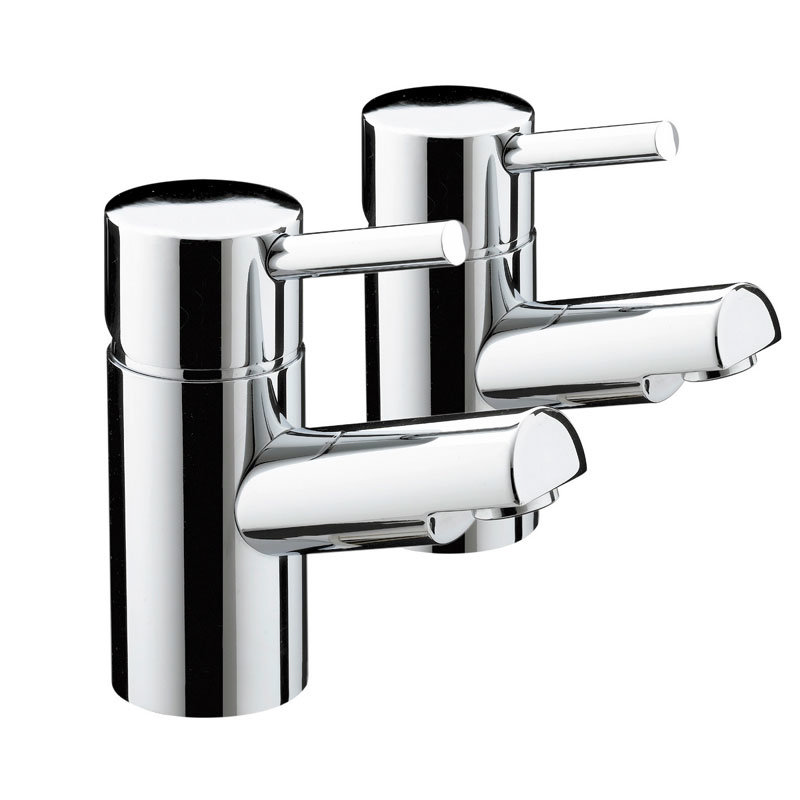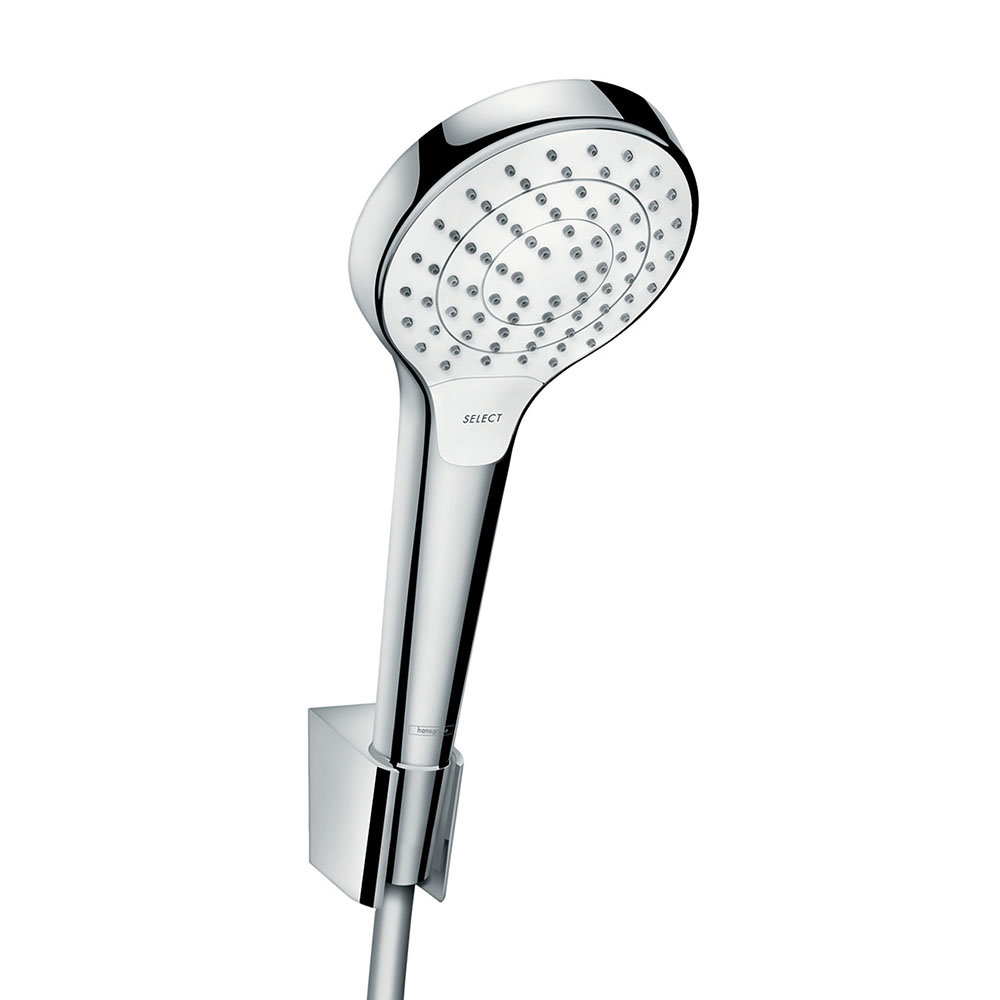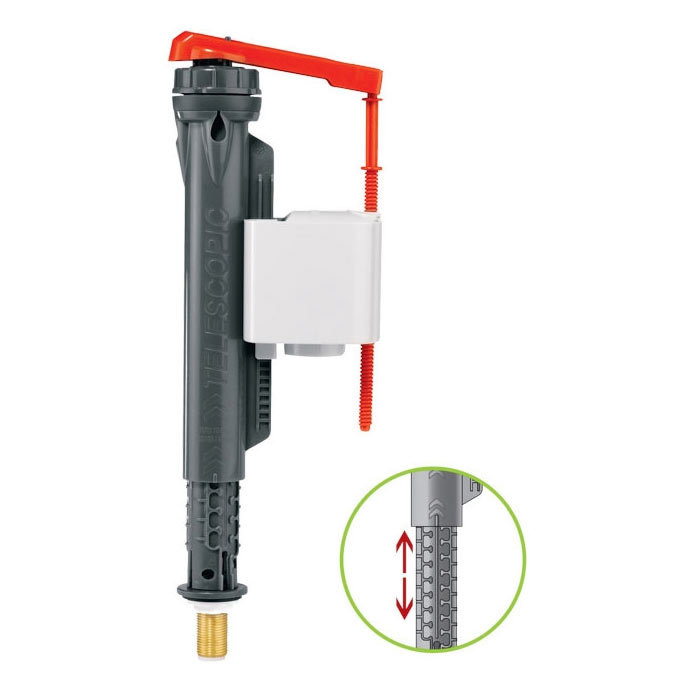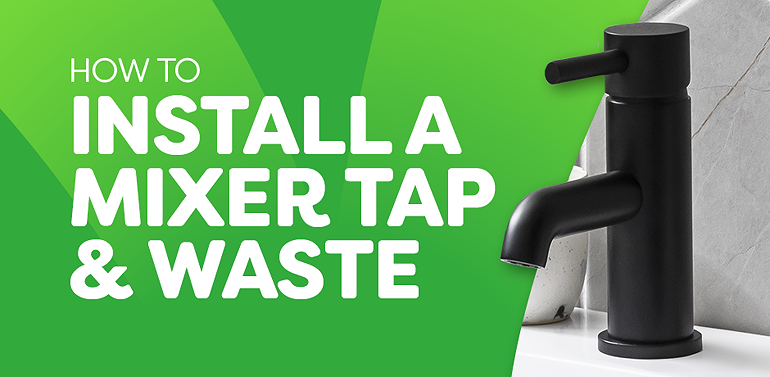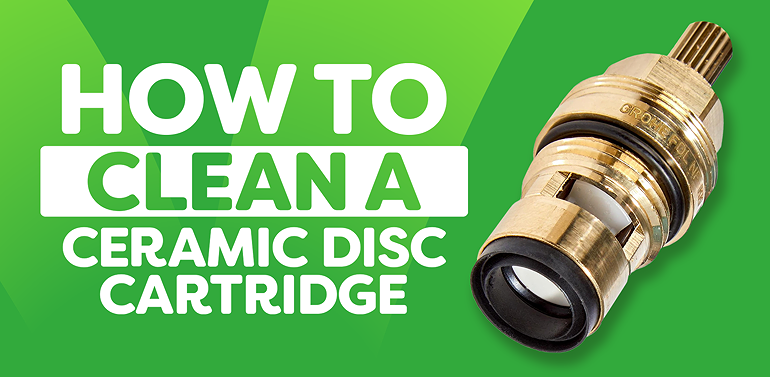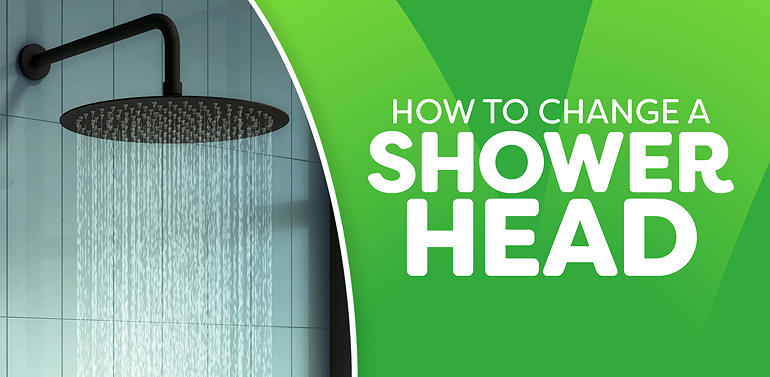UP TO 60% OFF SPRING SALE!
Free Delivery on Orders Over £499**
how to measure the water pressure of your home
How to Measure Water Pressure in Your Home
An important step to take before replacing any trickling taps or sub-par showers. Measuring your home's water pressure is easier than you'd think.
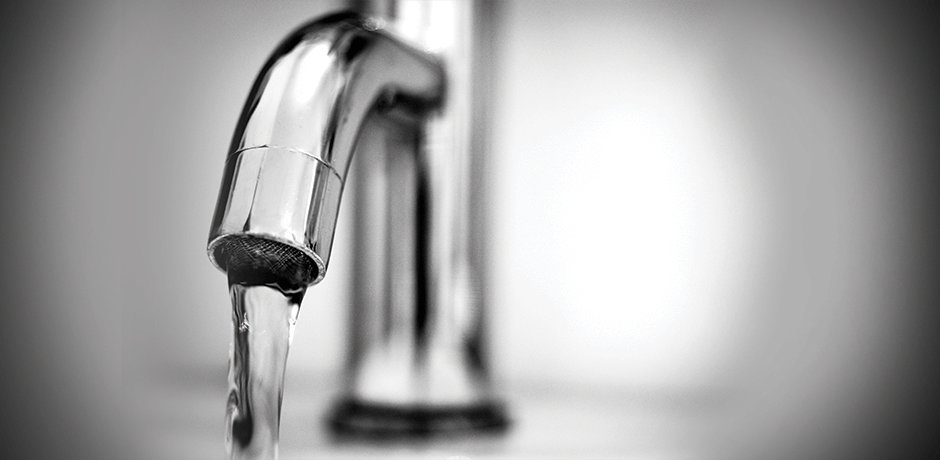
Whether you’ve been experiencing disappointing pressures or simply want to check if that new power shower is compatible with your system, you’ve likely thought about how to measure your home’s water pressure.
Simply put, water pressure is the force at which water enters your home. It’s absolutely crucial in determining the flow of your home’s taps and showers and the rate at which your toilet’s cistern refills after a flush.
So, if you’ve been having any trouble with taps, showers or any other sanitary fitting, its best to check on your home’s water pressure before you think about paying for any new products.
.
How to Measure Water Pressure
For a highly accurate measurement of your home’s water pressure, contact your plumber or, alternatively, buy a water pressure gauge to do it yourself.
However, if you’re happy with a rough estimate, try the following steps that require no specialist equipment!*
*Please note: the following steps will provide you with the estimated pressure of a Gravity Fed Water System. Unsure of what water system you have? Try our guide on How to Identify Your Home’s Water System.
- Take a measuring tape. We’re going to use this to measure the drop from your home’s water tank to the tap/shower - to the nearest metre.
- Starting in the room that houses your home’s water tank us, measure from its base down to the floor.
- Continue measuring downwards to your tap/shower, taking into account the approximate depth between floors. Stop when you reach your tap’s spout.
- Total up your measurements to the nearest metre. Every metre of distance between your water tank and the tap is equivalent to 0.1Bar of pressure.
This simple equation should give you an inkling of what sort of pressure your home provides. For example, if the distance between your water tank and your tap/shower measured 5 metres, the water pressure of the tap should be around 0.5Bar.
How to Increase Pressure Without a Pump
With water pumps being a relatively big investment, you’ve likely thought about how to increase water pressure without a pump.
There are several ways to accomplish this, unfortunately, many are just as expensive as installing a pump. From raising the height of your water tank to replacing older clogged pipes, you’ll have to fork out a hefty sum on something that may not make much of a difference.
However, though not technically increasing your mains pressure, there are a number of ways to improve the effectiveness of many of your home’s most water-thirsty products;
Taps - Bathtubs taking a lifetime to fill? Kitchen taps having little impact on your dirty dishes? While poor pressure is the most common cause, your taps could be suffering blockages due to limescale, mould or corrosion. Before thinking of replacing a tap or installing a booster pump, make sure you try to thoroughly clean the heads of your taps first. You may be surprised at how much of an impact this can have!
Still no luck? You may be able to switch to a tap specifically designed to function with lower minimum pressure. Check out an example from Bristan’s Prism range, below.
Showers - It’s a similar story with showers. If you’re struggling with weak shower experiences your shower’s head could be partially blocked due to limescale build-ups. Before considering a costly shower pump to boost your flow, try removing your shower’s head and giving its nubs a good clean.
If your shower head still doesn’t scrub up well, try changing it for a new one. The hansgrohe Croma Select S Vario is our top choice for keeping on top of limescale!
Toilets - Your toilet taking a substantial amount of time to refill could be a tell-tale sign of poor water pressure. However, there could be another reason. First, check that your toilet’s water supply valve is fully open then if you’re still having trouble, take a look inside your toilet’s cistern.
Over time, your toilet’s water controls can become encased in rust and/or limescale. If you find visible signs of this in your toilet’s cistern, it may be time for a deep clean. Still no luck? You may need to replace the components; or even the cistern itself. Fortunately, we stock a variety of toilet cisterns and parts, here.
Found our “How to Work Out Your Water Pressure” guide useful? In need of more water pressure tips? Why not try our in-depth guide on Low Water Pressure: The Bathroom Problem You Didn't Know You Could Fix.
